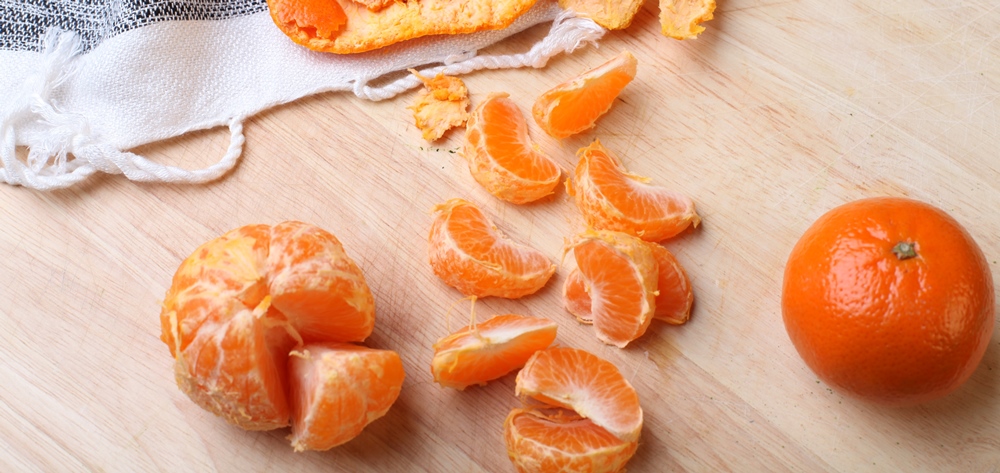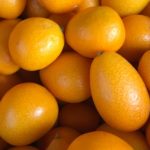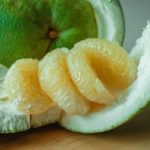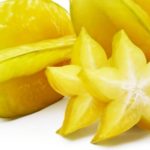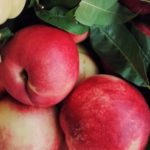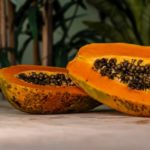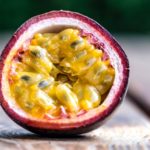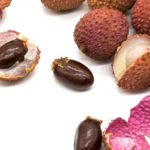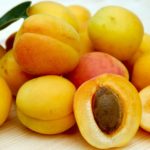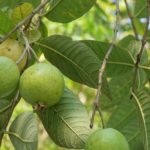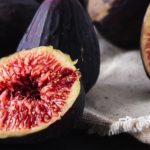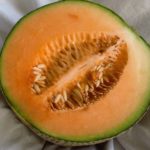10 Facts About Satsuma – Interesting and Fun Facts
Satsuma is said to be the orange of Japan since this country is the leading cultivator of this citrus fruit. Many people call it a tangerine type of orange, but most people prefer to call it a satsuma Mandarin. Now let’s check 10 facts about satsuma.
10 Facts About Satsuma
- Home gardeners generally prefer satsuma oranges because of their small size, sweet and juicy taste, and easy peeling technique.
- The origin of satsuma oranges is perhaps China, but 700 years ago, it was reported in Japan, which is now the dominating satsuma orange market.
- This citrus fruit is preferably grown in the cool subtropical regions of Japan, Spain, central China, Turkey, Russia, South Africa, South America, and California and Florida.
- Another fact – satsuma oranges have a very good cold tolerance system. They can survive in temperatures as low as 15 degrees Celsius.
- Satsuma trees are not very large, are more or less thornless with less foliage, and grow in open habitats.
- Leaves are large, green, lanceolate and flowers are white. The fruit is a medium to a small shaped sphere, the flesh is brilliant reddish-orange, tender, and melts with a mildly acidic flavor.
- The season for satsuma oranges is usually November-December. Once the fruit is ripe, it is too strong for the branch to hold. It should be picked soon and stored well. However, storing satsuma is not a problem since it has a tremendous cold tolerance.
- While consuming fresh satsuma is always advisable, in Japan, China, and Spain it is quite popular in the form of canned juice. Sometimes, satsuma juice is blended with orange juice to improve the color. It can also be used in salad dressings and as an ingredient with poultry dishes.
- Like all other citrus fruits, a satsuma is an excellent source of vitamin C and is enriched with fiber and folate.
- Satsuma is botanically identified as Citrus unshiu marcovitch.
Hope you enjoy these ten facts about satsuma.
